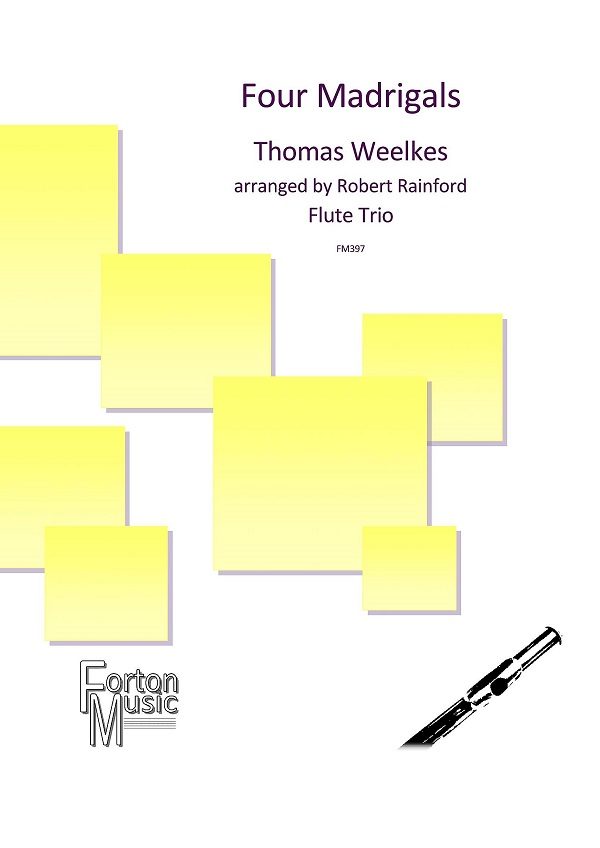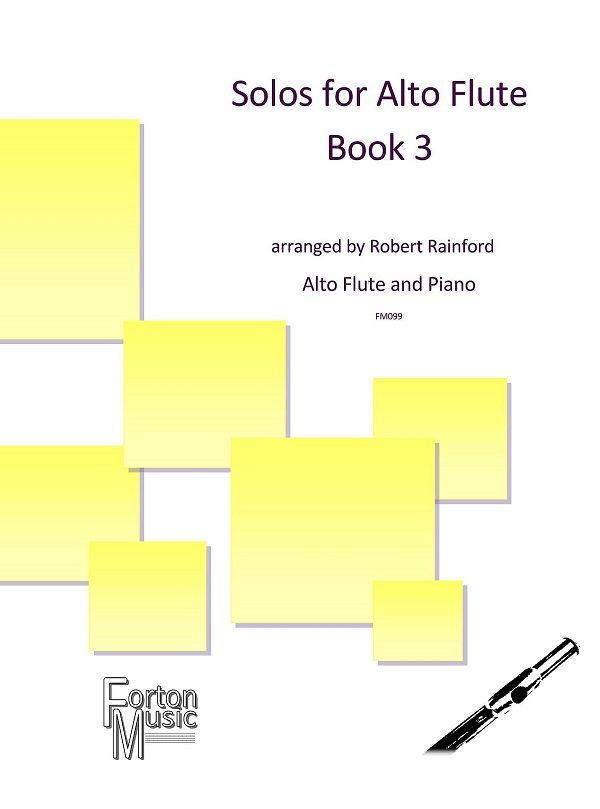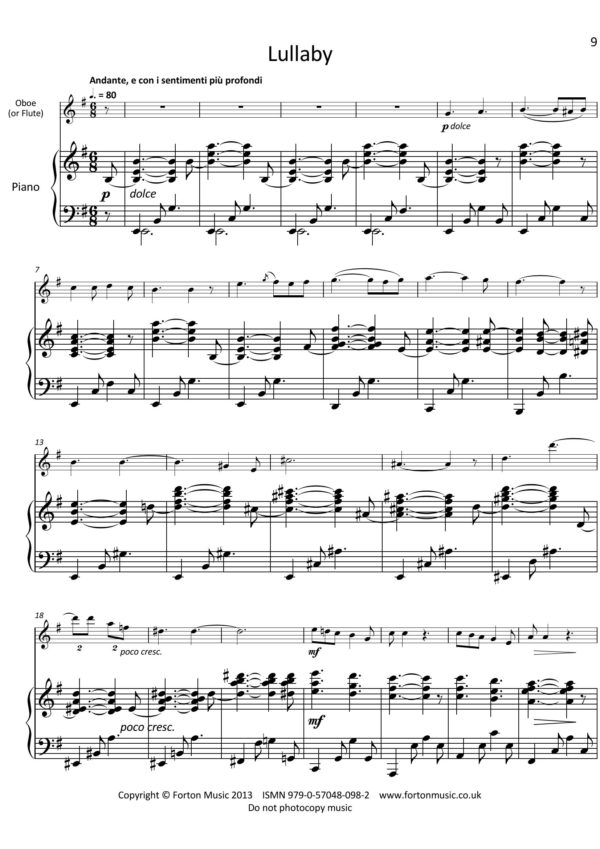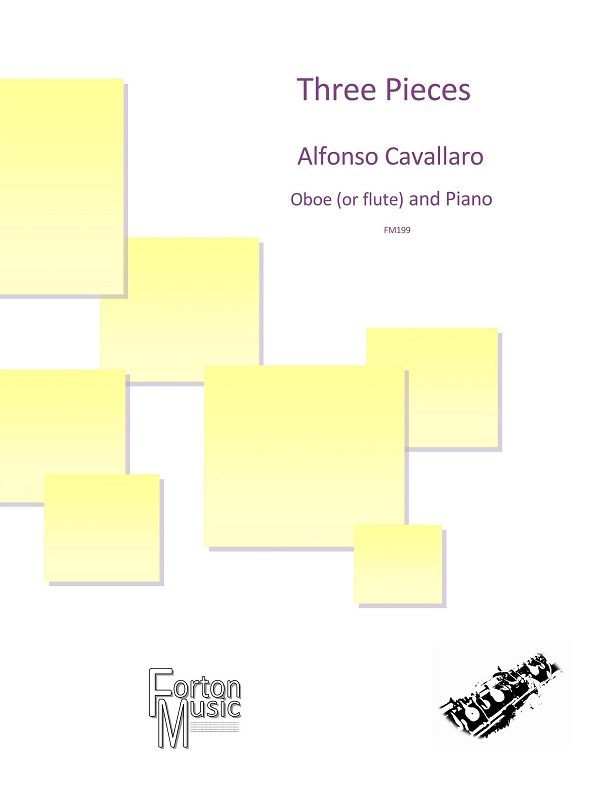Click the links below to hear the movements.
1. Aufzug
2. Polonaise
3. Liebes-Scene
4. Canzonetta
5. Finale
£22.50 – £30.00Price range: £22.50 through £30.00
Click the links below to hear the movements.
1. Aufzug
2. Polonaise
3. Liebes-Scene
4. Canzonetta
5. Finale
Victor August Herbert (February 1, 1859 – May 26, 1924) was an Irish-born, German-raised American composer, cellist and conductor. Although Herbert enjoyed important careers as a cello soloist and conductor, he is best known for composing many successful operettas that premiered on Broadway from the 1890s to World War I. He was also prominent among the tin pan alley composers and was later a founder of the American Society of Composers, Authors, and Publishers (ASCAP). Herbert began to compose operettas in 1894, producing several successes, including The Serenade (1897) and The Fortune Teller (1898). Some of the operettas that he wrote after the turn of the 20th century were even more successful: Babes in Toyland (1903), Mlle. Modiste (1905), The Red Mill (1906), Naughty Marietta (1910), Sweethearts (1913) and Eileen (1917). After World War I, with the change of popular musical tastes, Herbert began to compose musicals and contributed music to other composers’ shows. While some of these were well-received, he never again achieved the level of success that he had enjoyed with his most popular operettas. His instrumental works were no less popular, with his cello concerto entering the standard repertory in his lifetime. Dvorak attended the premiere of the piece, and was inspired to write his own cello concerto after hearing it. He worked closely with the Pittsburgh Symphony Orchestra whilst he was their conductor, and they premiered many of his large scale works. This serenade (originally for string orchestra) is an absolute gem. The first movement is a brisk march, and the second is a polonaise full of stirring rhythms. The third movement is title ‘ Love Scene’ and has an almost Mahlerian intesity to the harmony; this is followed by a beautifully melodic Canzonetta which has an effortless melody owing much to the composers operettas. The last movement is a whirlwind of a Tarantella, with fragments of the melody being tossed around between all players before rushing headlong to a breathless conclusion. This is an amazing composition, with each movement able to stand on it’s own as a character piece. Both this piece and it’s composer deserve to be more widely known, and it hoped that this arrangment will start to bring Victor Herbert back to the concert platform. It has been arranged with a wide range of abilities in mind, so while flute 1 is more complex and quite challenging, flute 4 is much easier and more manageable. The alto and bass parts both have significant solos throughout the movements, and the lowest parts for the biggest flutes are optional. Multiple players on each part will allow for staggered breathing to cover the longer phrases.
| composer | |
|---|---|
| instrumentation | |
| skill-level | |
| Select an Option |
You must be logged in to post a review.





Reviews
There are no reviews yet.